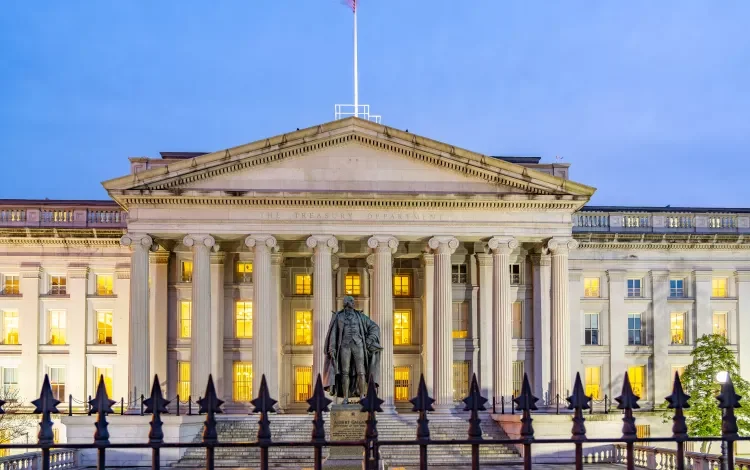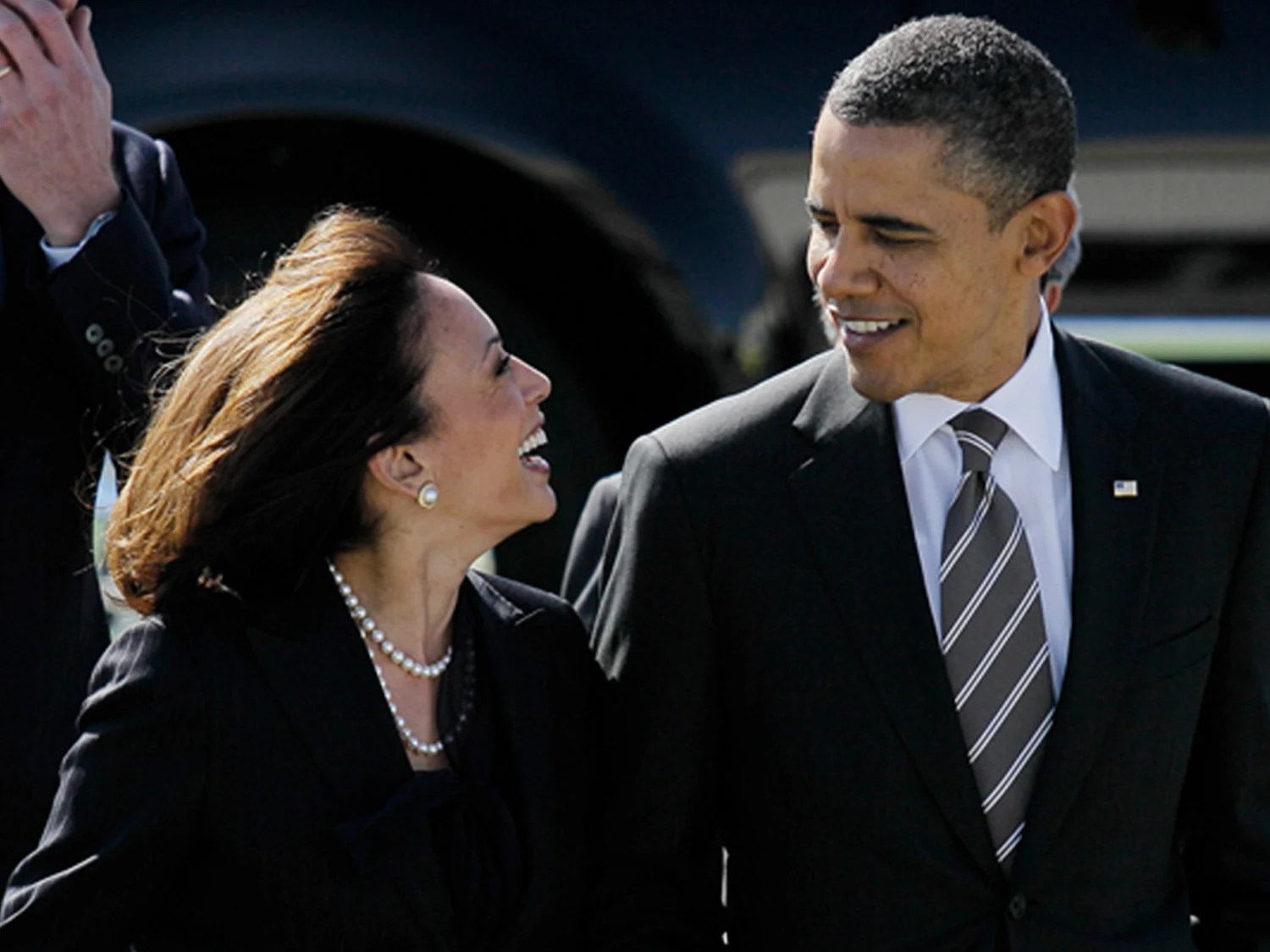US Treasury yields climbed on Wednesday even after a weaker-than-expected employment report from the private sector, as investors continued to assess economic signals and the potential impact of a newly passed tax-and-spending bill backed by President Donald Trump, CNBC reports.
The yield on the benchmark 10-year Treasury rose more than 3 basis points to 4.287%, while the 30-year yield increased more than 4 basis points to 4.827%. Meanwhile, the 2-year note yield remained relatively flat, down less than 1 basis point at 3.768%. Yields move inversely to prices, and one basis point equals 0.01%.
Earlier in the day, yields were slightly higher before the release of the ADP National Employment Report showed a surprising decline of 33,000 private-sector jobs in June. Economists surveyed by Dow Jones had expected an increase of 100,000. While weaker labor data could lead to increased expectations for Federal Reserve rate cuts, investors often give more weight to the government’s official monthly jobs report, which is due Thursday.
Markets also reacted to Tuesday’s narrow Senate passage of Trump’s proposed tax-and-spending package. The bill, which passed by a 51-50 vote and now heads to the House, is projected to add $3.3 trillion to the federal deficit over the next decade. While the legislation represents a major fiscal shift, some Republican lawmakers have voiced concerns about its long-term budgetary effects.
“We expect to see more volatility in fixed income, even once they get the bill passed, whatever that looks like,” said Jose Rasco, Chief Investment Officer of HSBC Global Private Banking and Wealth Management Americas, during an appearance on CNBC’s ‘Closing Bell: Overtime.’
Rasco added that he sees potential upside in the bond market once fiscal and monetary policy directions become clearer.
In addition to the fiscal developments, investors are closely monitoring upcoming trade negotiations. A temporary pause on certain tariffs implemented by the Trump administration is set to expire next week, which could further influence market sentiment.










The latest news in your social feeds
Subscribe to our social media platforms to stay tuned